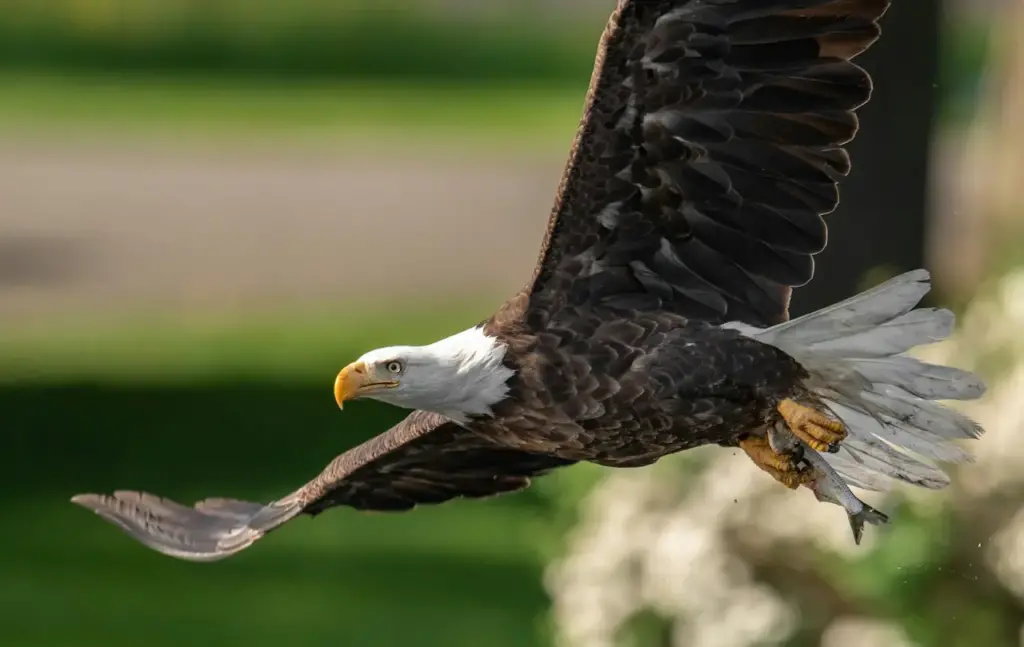Bald Eagle Numbers on the Rise
Researchers Are Reporting A Soaring Number Of East Coast Bald Eagles In Fall Migration
The bald eagle probably represents the most successful recovery of an endangered species in North America, if not the entire world.
Down to just 417 breeding pairs in the Lower 48 states by 1963 due to the effects of a widely-used pesticide on their ability to reproduce, America’s national bird has now rebounded so throughly that it was removed from the federal list of endangered species in 2007. The U.S. Fish & Wildlife Service reports that there are now 10,000 breeding pairs of bald eagles in the Lower 48.

Further evidence of the eagle’s dramatic recovery was reported recently by researchers at Pennsylvania’s Hawk Mountain Sanctuary, which sits along a well-traveled East Coast flyway for migratory birds, and where a count of eagles and other raptors and migrating birds is conducted every autumn. The researchers announced that they had spotted 407 eagles by the close of the fall count, a number that shattered the previous record of 245 birds set just two years ago.
Although the researchers cautioned that this year’s impressive census may be owed at least partially to favorable weather conditions for migrating birds as well as for the people who count them rather than to a sudden population explosion among eagles, there is little doubt that, year after year, the once-endangered raptors continue to enjoy highly successful breeding seasons.
The species’ heartening recovery began almost immediately after a nationwide ban on the use of the insecticide DDT in 1972. DDT had become so pervasive in the environment that it was working its way up the food chain from insects to fish and was becoming concentrated in the bodies of eagles, which were preying on the contaminated fish. The toxic burden carried by the eagles was resulting in thin-shelled eagle eggs that tended to break rather than developing and hatching normally.
The classic environmental book Silent Spring, published by author Rachel Carson in 1962, is widely credited with sounding the alarm about the effects of DDT on eagles and other birds and wildlife.
Despite their undeniably robust recovery, however, eagles are not entirely free from the danger of environmental toxins. Recent studies suggest that environmental mercury, which works is way up the food chain in much the same way as DDT and other chemicals, may be beginning to have an effect on the reproductive success of some populations of eagles. Of particular concern to scientists are eagles in the Northeast, where environmental mercury concentrations appear to be the greatest.

Airborne mercury originates in the smokestacks of coal-fired electric-power plants in the Midwest and is then carried eastward on the prevailing winds. The mercury settles out onto bodies of water, enters the food chain via insects and microorganisms, and accumulates in the bodies of creatures that eat those insects and microorganisms.
The highest concentrations of pollutants of all kinds tend to be found in the flesh of creatures at the upper levels of any food chain. Eagles are one such high-level, or apex, predator, feeding on many other creatures, but having few predators of their own.



